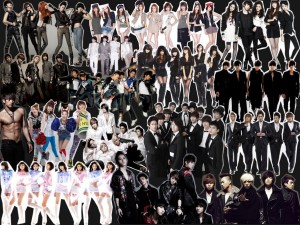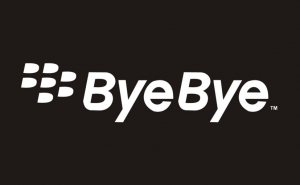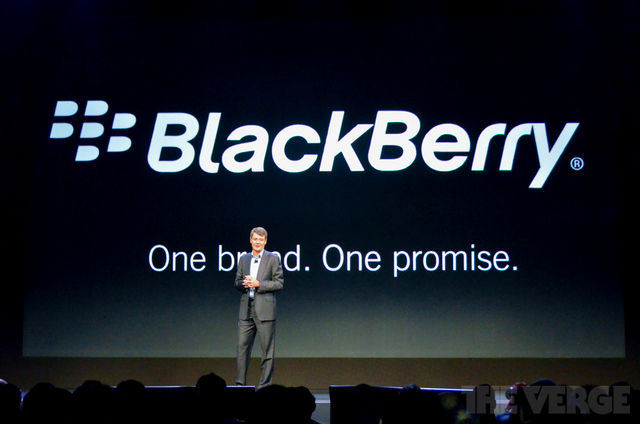I fairly enjoyed how the marketing assignments for comm296 was structured and executed. The fact that all 3 major parts were connected, and built upon each other was a pleasant way to learn about creating a marketing plan. One of the hardest things I find in university level courses are the way to integrate newly acquired knowledge with real-life applications. The assignments for comm296 did a good job of allowing us to practice and apply what we learned in the classroom onto an existing company’s marketing plans.

By working in a group, I was also able to get a good simulation of the real work environment. It became gradually apparent that every team member was more adept at one area over another, and all members had expertise they could contribute to the team. As opposed to having to master all aspects of creating a marketing plan, I enjoyed being able to utilize and contribute my strengths in writing and editting, while letting my teammate take charge of the video cutting.
In addition, what gave me the greatest reality shock was how complex the process was for a marketing plan to be born. Before taking this course, my primary impression of advertising and marketing was a team of people having to merely come up with creative ideas. Little did I know that a final marketing strategy recommendation has to have gone through comprehensive analysis of the environment, the target segment, and the current marketing mix. There are a lot of factors to consider and creative sparks can only take you so far. Interestingly enough, while we had to keep all the previously mentioned factors in mind, we were not constrained by budget. I’m sure in real life scenarios cost would be a huge influence and would completely skew our results.
I’ve gotten a quick and clear glimpse into the realm of marketing, and I can’t wait to explore this world in front of me even more.









